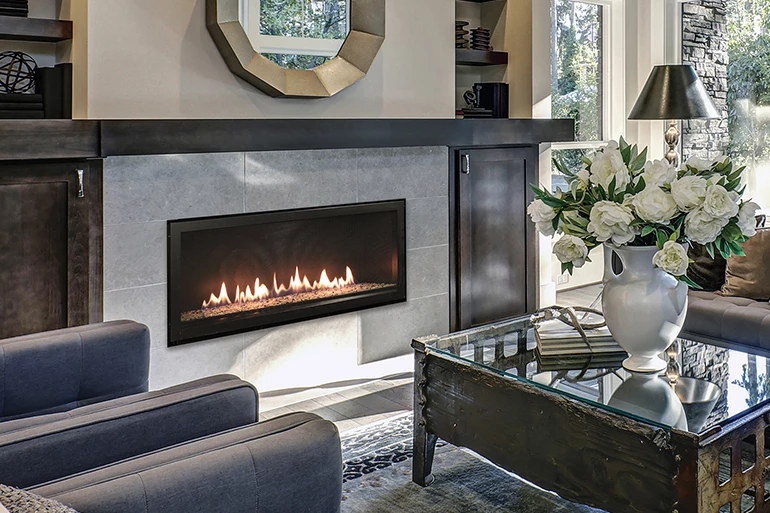Gas Fireplace and Stove Buying Guide
Gone are the days when burning wood was your only option for a fireplace or stove. Nowdays, gas fireplaces and stoves are popular options due to convenience and efficiency.Â
Gas fireplaces employ either a natural gas or a liquid propane fueling system, natural gas being more common and propane utilized where natural gas lines are not readily available. While the use of gas in hearth appliances began in the early 20th century, the popularity of these units has steadily increased for the last 50 years. Advances in technology, particularly in the increasingly realistic appearance of gas logs and flames, is persuading more consumers to choose gas over wood.


